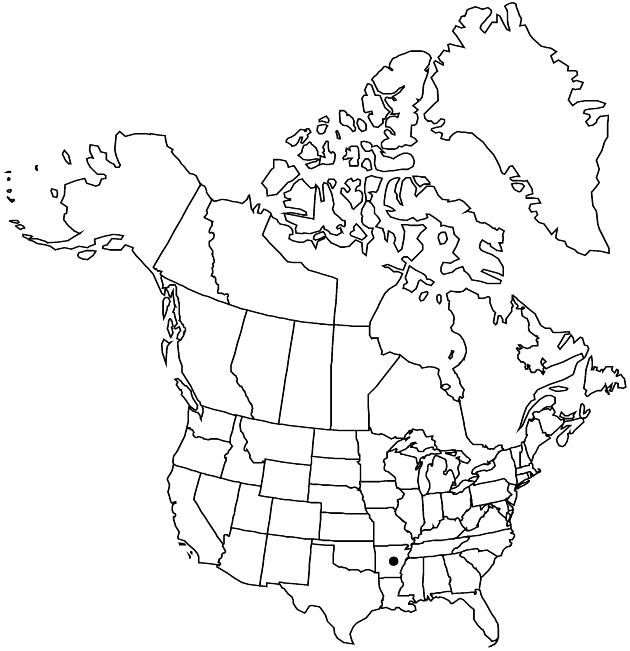Difference between revisions of "Helenium campestre"
Fl. S.E. U.S., 1291, 1341. 1903.
FNA>Volume Importer |
FNA>Volume Importer |
||
| Line 47: | Line 47: | ||
|publication year=1903 | |publication year=1903 | ||
|special status= | |special status= | ||
| − | |source xml=https://jpend@bitbucket.org/aafc-mbb/fna-data-curation.git/src/ | + | |source xml=https://jpend@bitbucket.org/aafc-mbb/fna-data-curation.git/src/f6b125a955440c0872999024f038d74684f65921/coarse_grained_fna_xml/V19-20-21/V21_1074.xml |
|tribe=Asteraceae tribe Heliantheae | |tribe=Asteraceae tribe Heliantheae | ||
|subtribe=Asteraceae (tribe Heliantheae) subtribe Gaillardiinae | |subtribe=Asteraceae (tribe Heliantheae) subtribe Gaillardiinae | ||
Revision as of 18:45, 24 September 2019
Perennials, 40–100 cm. Stems usually 1, branched distally, moderately to strongly winged, densely (the proximal) to moderately hairy. Leaves moderately to densely hairy; basal blades oblanceolate to obovate to spatulate, entire or undulate-serrate; proximal and mid blades oblanceolate to lanceolate, usually entire, sometimes undulate-serrate; distal blades lanceolate to lance-linear, entire. Heads 3–20 per plant, in paniculiform to corymbiform arrays. Peduncles 3–11 cm, moderately to densely hairy. Involucres globoid to ovoid, 9–17 × 10–20 mm. Phyllaries (barely connate proximally) moderately to densely hairy. Ray florets 9–15, neuter; corollas yellow, 20–30 × 8–15 mm. Disc florets 150–500(–700+); corollas yellow proximally, reddish brown to purple distally, 3–5 mm, lobes 5. Cypselae 1–1.4 mm, sparsely to moderately hairy; pappi of 6–7, entire, non-aristate scales 0.3–0.5 mm. 2n = 28.
Phenology: Flowering May–Jun(–Jul).
Habitat: Ditches, fields, in washes, along streams
Elevation: 100–200 m
Discussion
Selected References
None.
